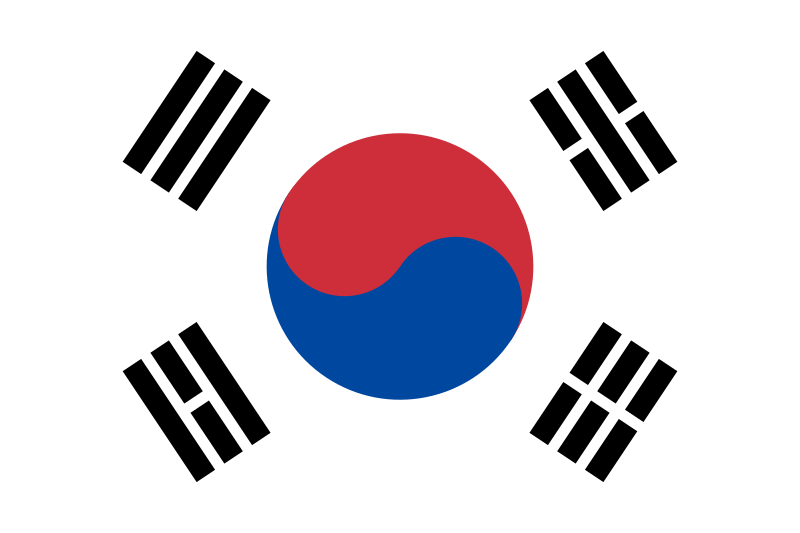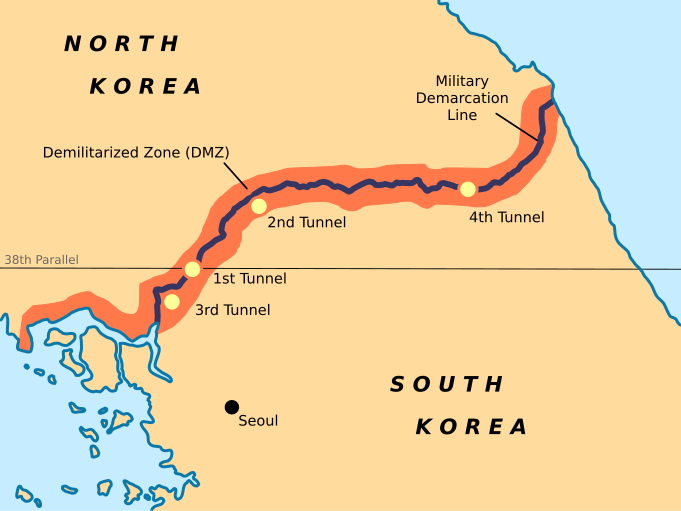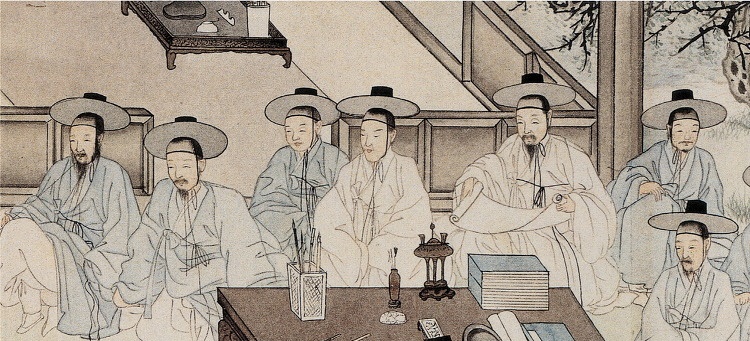Landschlacht, Switzerland, 9 August 2016
Thirteen months of time remembered sixteen years later…prompted by a recent edition of The Economist and another “old” article found whilst searching for conversation ideas for my Friday classes:
First, the articles:
“Watching a new film on the big screen could soon be consigned to the dustbin of history.
Sean Parker, one of the entrepreneurs who started Napster and the first president of Facebook, is trying to bind Hollywood studios to a plan that would transform how films are watched.

Parker wants to make films available to watch at home at the same time as they are released in cinemas.
Screening Room would charge customers $150 for a set-top box.
Viewers would then pay $50 every time they watched a film, with a 48-hour window to watch it.
Cinema owners, known as “exhibitors”, have defended the “window” between a film being released on the big screen and becoming available to watch at home in the belief that it is a huge attraction for customers.
Box office takings hit record levels last year, exceeding $38 billion for the first time worldwide, but attendance levels in America have been flat for years.” (The Times, 11 March 2016)
“North Korea fired a missile that travelled 1,000 km / 620 miles over land and sea before falling into Japanese waters.

Tensions are high in the region ahead of America’s annual joint military drills with South Korea, which always rankle the North.” (The Economist, 6 August 2016)
Now those who are technic-savvy are long familiar with pay-per-view TV and this was long ago preceded by BluRay and DVD and video cassettes, so if a person is patient mere weeks pass quickly from a movie’s release in the cinemas to the comfort of one’s home sofa remote control.
But South Korea puts an unusual twist on the idea of watching videos from the comfort of a sofa: video bongs.
South Korea, 1999 – 2001

Video bongs are small rooms where you go to a video shop and request the viewing of a movie.
You are led to a tiny room with a sofa or love seat and a large screen projection.
With popcorn and soft drinks pre-purchased on the way, one can leisurely watch the latest video releases from the comfort of a sofa.
Though the idea might seem a bit unseemly, there is no sense of abnormality or kinkiness to the process.
I don’t recall if “blue” movies are part of the viewing selection, but I don’t believe so.
I don’t believe the video bongs are intended for illicit or immoral purposes, but then again if they are…I didn’t ask.
What happened inside a video bong I would rent was nothing more than an enjoyment of snacks and film.
I had a girlfriend, albeit faraway from South Korea, but I valued her and chose not to risk losing her by “misbehaving”.
And though I knew she would never be any the wiser had I have acted “inappropriately”, I would have known and this would always have been a barrier to an honest and faithful future together.
I needed international experience as a second-language teacher so I had agreed to work in Suwon, South Korea at a hogwan, a private school for young ladies and gentlemen ages 4 to 16.
Hogwans paid for everything: the flights to and fro Korea and Canada, accommodation, health insurance, taxes and a decent salary.
The working days were long – 10 hours each, as were the working weeks – 5.5 days per week, and I supplemented my income with private lessons to doctors and well as being an English language children’s book reader at a local English language bookshop.
But I found the nights on my own even longer.
I was amazed at the amount of foreign infidelity I witnessed between ex-pats with the locals, so to resist temptation I spent many an evening in video bongs and Internet cafés where I discovered video games were a good distraction from the lonely exile I had created between my girlfriend and me.
I tried to immerse myself in the local culture, taking weekly Korean language (hangul) courses through the Suwon YMCA and buying Korean language music my students raved about…mostly boy bands and girl groups with names like G.O.D and S.E.S…

During holidays when my girlfriend, the future Mrs. K, aka She Who Must Be Obeyed, couldn’t visit me in Korea then I would travel to various Korean tourist attractions to further learn about the land I had chosen to work in.
It was a strange and wonderful experience for me, almost worthy of a screenplay for a movie!
The Korean peninsula extends southward from the eastern end of the Asian continent – roughly 1,000 km long and 215 km wide at its narrowest point.

Mountains cover 70% of Korea’s land area, making the peninsula one of the most mountainous regions in the world – a beautiful place of granite and limestone scenery.
Along the eastern and southern coasts, the mountains descend softly to the coastal plains, where the bulk of Korea’s rice crops are grown.
The peninsula is divided just slightly north of the 38th parallel by a demilitarized zone (the DMZ) separating democratic South Korea from communist North Korea.

A mere 99, 268 km are shared by nearly 45 million people living in 72 cities (shi) and 91 counties (gun) in nine provinces.
Koreans molded since time immemorable from Mongolian stock are highly homogenous with their own unique language, culture and customs.
Koreans are generally generous and warm, friendly and hard-working.

I have treasured memories of walking under trees bursting in flowery splendour warmed by sunny cloudless skies of spring.
I remember torrential rains flooding the streets to knee height of the average adult during monsoon season.
The intense heat of summer, the biting cold of winter, an autumn of vivid gold and vibrant red.
I loved traditional Korea: kugok music with its triple rhythm of three beats per measure: chong-ak (court music of the upper classes) and minsogak (folk music for farmers), p’anson dramatic and fast vigourous shamanistic music…accompanied by dancers with slow gracious movements of moderate beauty and subdued emotion or exciting romantic gyrations of freedom and spontanity.

Painting and pottery unlike anything I had ever seen before in temples and galleries, religions and philosophy I had never considered and a history I had never experienced, this was my Korea.
Kingdoms and dynasties ruled for millenia until the Japanese came in 1910 and remained until the end of World War II, then the Korea peninsula was carved in two.

Genrations have passed since the end of Japan’s occupation of Korea, but Koreans cannot forget the atrocities the Japanese committed against them.
Anti-Japanese sentiment remains high and emotions strong.
The Korean War began on 25 June 1950 and an armistice agreement was signed in 1953, ending the bloodshed but not the hostility or distrust, for the War never ended, but the ceasefire continues.

A ceasefire that is maintained by US and South Korean military forces who are a constantly felt phenomenon wherever one goes.
Seoul, the capital, hosted the 1988 Olympic Games, and South Korea hosted the 2002 Asian Games as well as the 2002 World Cup with Japan.

It was a land of extremes:
Wealth and poverty share the land uncomfortably, legless beggars appealing for alms underneath palaces and temples of gaudy affluence.
Modern and traditional vie for one’s attention:
Almost all Koreans use the Internet and cyberspace is crowded while temples and shrines still inspire the masses constantly.
Korea was a land of automatic cash machines (open Monday to Saturday, from morning until 11 pm), 24-hour mini-marts in the bigger cities, widespread use of credit cards and electronic ID, yet my employers generally paid me in cash.
The ongoing presence of American military on South Korean soil has introduced American culture and ideas like shopping malls, hamburgers, MTV, pizza, donuts, Coke, spaghetti, materialism, promiscuity, organised crime, rock concerts, Hollywood films, the list is endless…

Illegal drugs and overdrinking are a problem, while the oldest professions of government and prostitution still leave their mark.
Korea is a land of ancient beliefs and cult followers.
Koreans are very superstitious:
The number 4 (sa) has the same pronunciation as part of the word for death (sa-mang), so anything that has the number 4 is avoided, much like Westerners shy away from the number 13.
So don’t be surprised that there is no 4th floor or sets of 4 plates or golf balls sold in packages of 4.
Fortune tellers are consulted before college entrance exams, acceptance of marriage proposals or registration of baby names.
Parks of peace are marred by massive air pollution and smog.
I often saw Koreans wearing white masks covering their mouths and noses and on particularly bad days one could actually taste the pollution in the air.
Spectres of AIDS and cancer bring anxiety but few are fit enough to build resistance to them and more than 70% of Koreans smoke and drink excessively.
Sex and violence are graphic only in the comic books.
Conservation and recycling are a way of life and South Koreans are very fashion-conscious.
Artificial insemination and surrogate mothers are not new to Korea but still are not viewed favourably by many Koreans.
Korea has known its share of terrorism and violence in its society: the fear of attacks from North Korean infilitrators, the bombing of Korean cabintet members in 1983, the downing of a KAL (Korean Airlines) plane in 1987.
South Korea is one of the most wealthiest countries in the world and a major force in the global marketplace, yet there remain moments when non-Koreans feel unwelcome or segregated.
I was derided and mocked on occasion by Korean teenagers for my size and my skin colour, and yet my very alienness was the selling point, the drawing card of having a native speaker teach, for my employers to attract business.
I met on occasion non-native speakers who were English teachers whose sole qualification seemed to be Caucasian features.
I did not require a knowledge of the Korean language as Korean teachers would “pre-teach” the children the new vocabulary while native speakers would practice it with them and for which the foreign teacher would receive higher compensation than the Korean teacher’s pitiful salary.
The demand for foreign language teachers and interpreters remains high.
Large train stations have separate counters for foreigners and separate prices as well.
As for taxis there is the practice of hap-song.
Hail a cab and during your ride the driver will pick up other passengers.
The driver determines your fare based on distance travelled, so depending on whether you were the first passenger or not the meter is an unreliable judge to how much your ride will actually cost you.
Bumper to bumper conditions are an everyday occurence in Korean cities, so that taxi ride may take longer than you might have thought it would.
In Suwon street names were a rarity so hailing a cab meant directing the driver to a major city landmark then walking from there to your chosen end destination.
My school and my apartment were located near In-Hae-San-Boo-In-Gwa, the Korean name for the local hospital in my neighbourhood.
Only the postal service seems to know the naming and numbering of streets and residences.
I remember it took me weeks to expand my “comfort zone” and courage to explore Suwon and eventually around the peninsula for “Western” script was so often rarely seen.
Though I never gained fluency in the Korean language I quickly learned to read Korean sufficiently to at least identify where a bus was going.
South Korea is a land I shall never forget and I long for the day I can revisit it.
It is often in my thoughts.
Memories of Korea will pop up on occasion in this blog.
Sitting at home watching a DVD lacks the spirit of adventure that going to a video bong possessed.
Going to a cinema lacks the feeling of private pampering that a video bong offers.
I am at a crossroads in my life where I feel frustrated by my professional and personal progress here in Switzerland and late at night…
Korea whispers…

